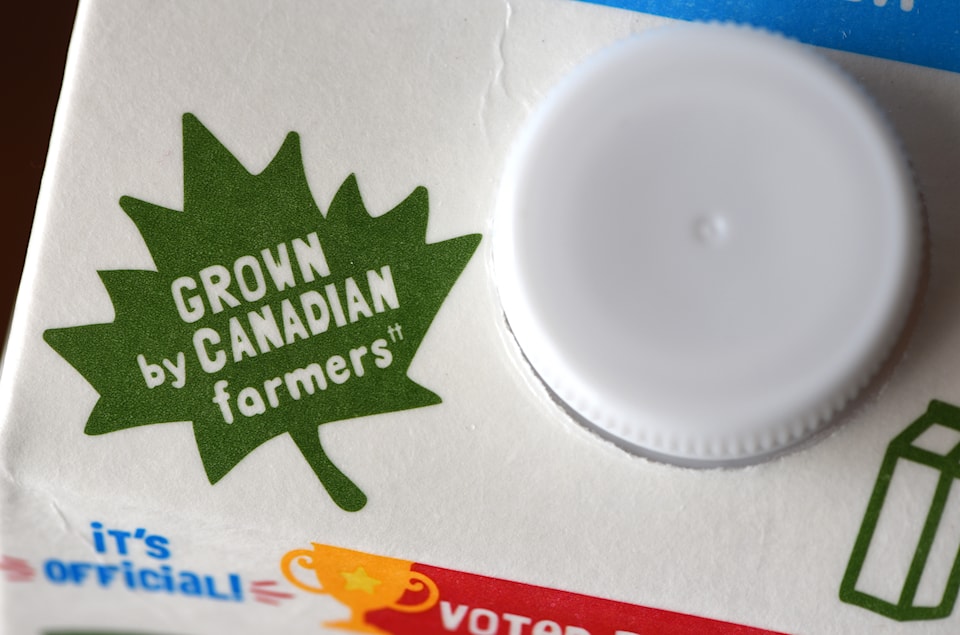In the past couple of months, the term ‘buying Canadian’ has been thrown around on social media. Seeing it used regularly can make people wonder what it means to buy Canadian, to what extent it can help and what needs to be kept in mind.
Simply put, to buy Canadian is to buy Canadian produced goods and buy from local suppliers when possible.
The concept encourages the idea of making purchases that strengthen the Canadian economy instead of spending money on foreign products.
This recent trend has become relevant following the American-Canadian trade war, started by U.S. President Donald J. Trump’s implementation of heavy tariffs.
Innovation, Science and Economic Development Canada (ISED) is a federal government department aimed at the betterment of the Canadian economy.
ISED states that small and medium-sized businesses make up 99 per cent of all Canadian businesses and account for 64 per cent of employment in Canada’s private sector workforce.
On a Canadian government webpage, ISED states that buying Canadian products or products with a high volume of Canadian input results in a strengthened economy from supporting local businesses and keeping jobs in Canada.
With efforts to purchase Canadian products spiking, ISED warns of misleading labels on consumables that can confuse while trying to support Canadian businesses. Some labels may include a maple leaf, but this doesn’t necessarily mean it is a Canadian product.
ISED advises consumers to inspect for more than just a maple leaf on the logo and read the back of labels for wording specifically stating Canadian involvement in producing the item.
The Competition Bureau, an independent agency responsible for the administration and enforcement of the Competition Act, the Consumer Packaging and Labelling Act, the Textile Labelling Act, and the Precious Metals Marking Act.
Guidelines set out by the Bureau to help identify Canadian non-food products show a large difference between the terms "Made in Canada" and "Product of Canada."
Non-food products reading “Product of Canada” are required to hold 98 per cent Canadian content, while products reading “Made in Canada” have a requirement of only 51 per cent Canadian content and an advisory that it contains imported content.
However, to use either of these terms, there is a requirement for the final substantial change in the product to take place in Canada.
When it comes to identifying which food products are Canadian, the Canadian Food Inspection Agency has set out guidelines to keep in mind on this webpage.
If a label on a food product states 100 per cent Canadian, without further context, this means the entirety of the product, its ingredients, and its processing and labour are of Canadian origin.
If a label states 100 per cent of a specific ingredient, this means only the named ingredient is from Canada.
More information on how to buy Canadian or report misleading labels can be found at this Canadian government webpage.



